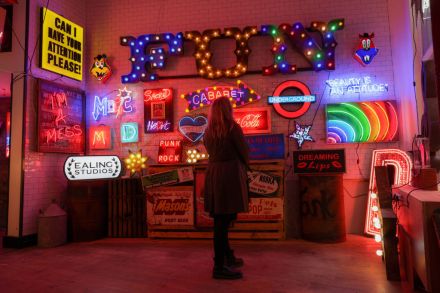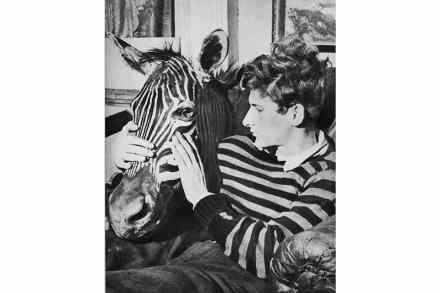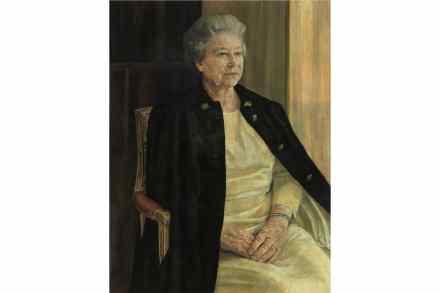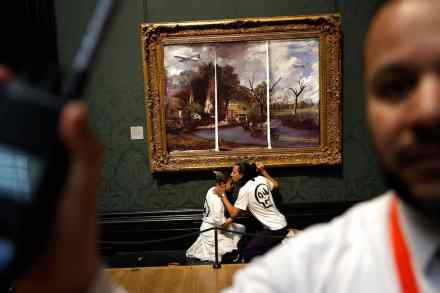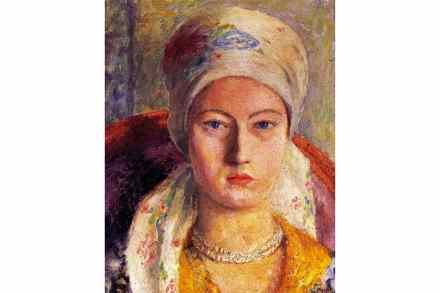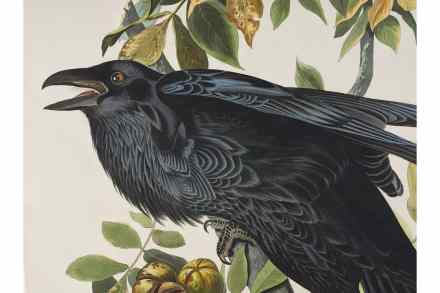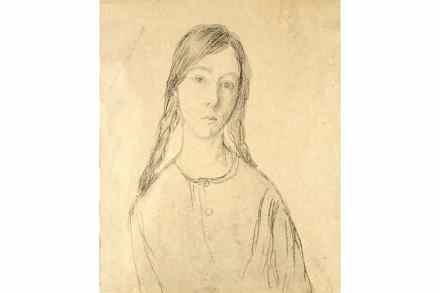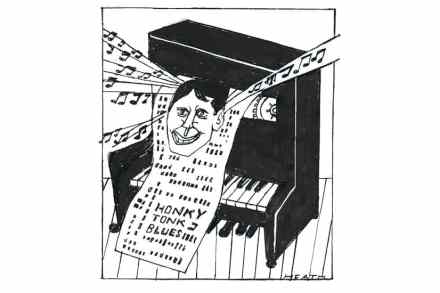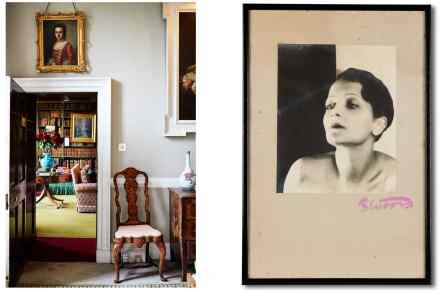Neon signs have a curious power
In a corner of St Pancras station, Tracey Emin is always turned on. ‘I want my time with you’, a neon sculpture by the artist, has been on show here since 2018. It was part of the ‘annual’ Terrace Wires public arts programme, in which a new work is commissioned every year to hang from the station’s roof; but the pandemic distended time, and Emin’s words have stayed put. Though a new commission was unveiled yesterday, an installation by Shezad Dawood, that hangs on different wires, elsewhere in the terminus. Assembled from bright pink tubes, and shaped like Emin’s looping script, ‘I want my time with you’ looms over the grand
